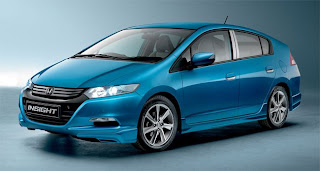
The Versa has received the highest possible ratings in government and insurance industry crash tests, though keep in mind that's among small cars (five stars from the National Highway Traffic Safety Administration; and a quot;goodquot; rating from the Insurance Institute for Highway Safety). Versa safety features include dual-stage frontal air bags, front-seat side-impact air bags for chest protection, and roof-mounted curtain air bags for head protection.
Versa went on sale as a five-door hatchback in July 2006, with a four-door sedan following in January 2007. Combined, the sedan and hatch sold more 59,000 units in less than one model year. For 2009, Nissan has simplified the model lineup by reducing the total number of body, trim, and transmission combinations from nine to six. The Sport Package is restricted to the hatchback.
Bottom line, the Nissan Versa is a big small car with comfort, performance and versatility. It's roomy and offers good fuel economy.
Versa went on sale as a five-door hatchback in July 2006, with a four-door sedan following in January 2007. Combined, the sedan and hatch sold more 59,000 units in less than one model year. For 2009, Nissan has simplified the model lineup by reducing the total number of body, trim, and transmission combinations from nine to six. The Sport Package is restricted to the hatchback.
Bottom line, the Nissan Versa is a big small car with comfort, performance and versatility. It's roomy and offers good fuel economy.


















